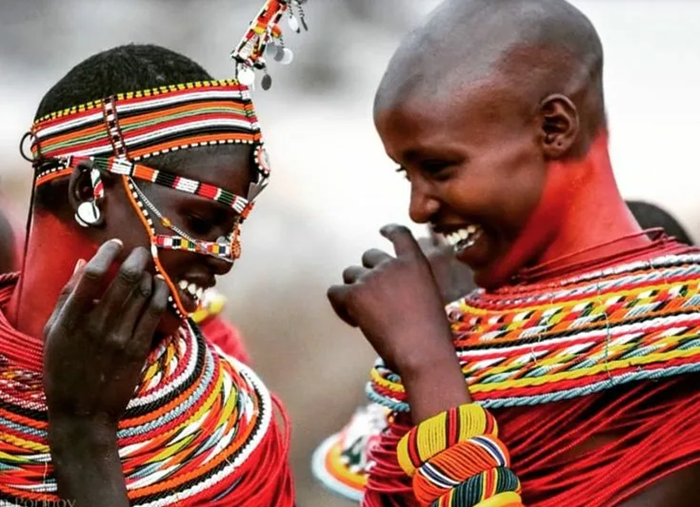720
Kenya is a country known for its rich linguistic diversity, with over 60 languages spoken throughout the country.
Here are some key aspects of language and communication in Kenya to understand:
- Official Languages: Kenya has two official languages: English and Swahili. English is widely used in business, education, and government, while Swahili is the national language spoken by most Kenyans.
- Swahili: Swahili, also known as Swahili, plays an important role in everyday communication. It is a Bantu language that originated on the coast of East Africa and has become a lingua franca throughout the region. Learning a few basic phrases in Swahili can greatly improve your communication with the locals.
- Ethnic Languages: Kenya is home to a variety of ethnic groups, each with their own distinct language. Some of the notable ethnic languages spoken in Kenya include Kikuyu, Luo, Luhya, Kalenjin, Kamba, and Maasai. These languages contribute to the country’s linguistic diversity and cultural heritage.
- Linguistic Influences: Kenya’s linguistic landscape has been shaped by historical and cultural influences. English and Swahili have borrowed words from a variety of languages, including Arabic, Hindi, Portuguese, and local ethnic languages. This linguistic fusion reflects Kenya’s multicultural history and interactions with diverse communities.
- Language Etiquette: Kenyans appreciate visitors who make the effort to learn and use local greetings and phrases. Common greetings such as “Jumbo” (Hello) and “Asante” (Thank you) can go a long way in fostering positive interactions and showing respect for the local culture.
By embracing Kenya’s linguistic mosaic and learning its diverse languages, you can enhance your cultural immersion and build meaningful connections with the people you meet during your visit.

